Mizuki Uchiyama

Some of the best meals I’ve ever had weren’t in world-famous food capitals. They weren’t Michelin-starred or trending on social media. Instead, they came from small village kitchens, market stalls, and humble eateries—places where food is a story of history, migration, and survival.
In my 20s, I’ve traveled to 51 countries. From a layered pastry baked over open flames in Kosovo to a crisp street food “pizza” in Zanzibar, these are the four most unforgettable dishes I’ve eaten in countries that many travelers overlook—but shouldn’t.
1. Flija in Kosovo – The Layered Dish That Requires Patience

Kosovo may be one of Europe’s youngest countries, but its food traditions run deep. One dish, in particular, left a lasting impression: Flija, a layered pancake-like delicacy that takes hours to prepare and even longer to master.
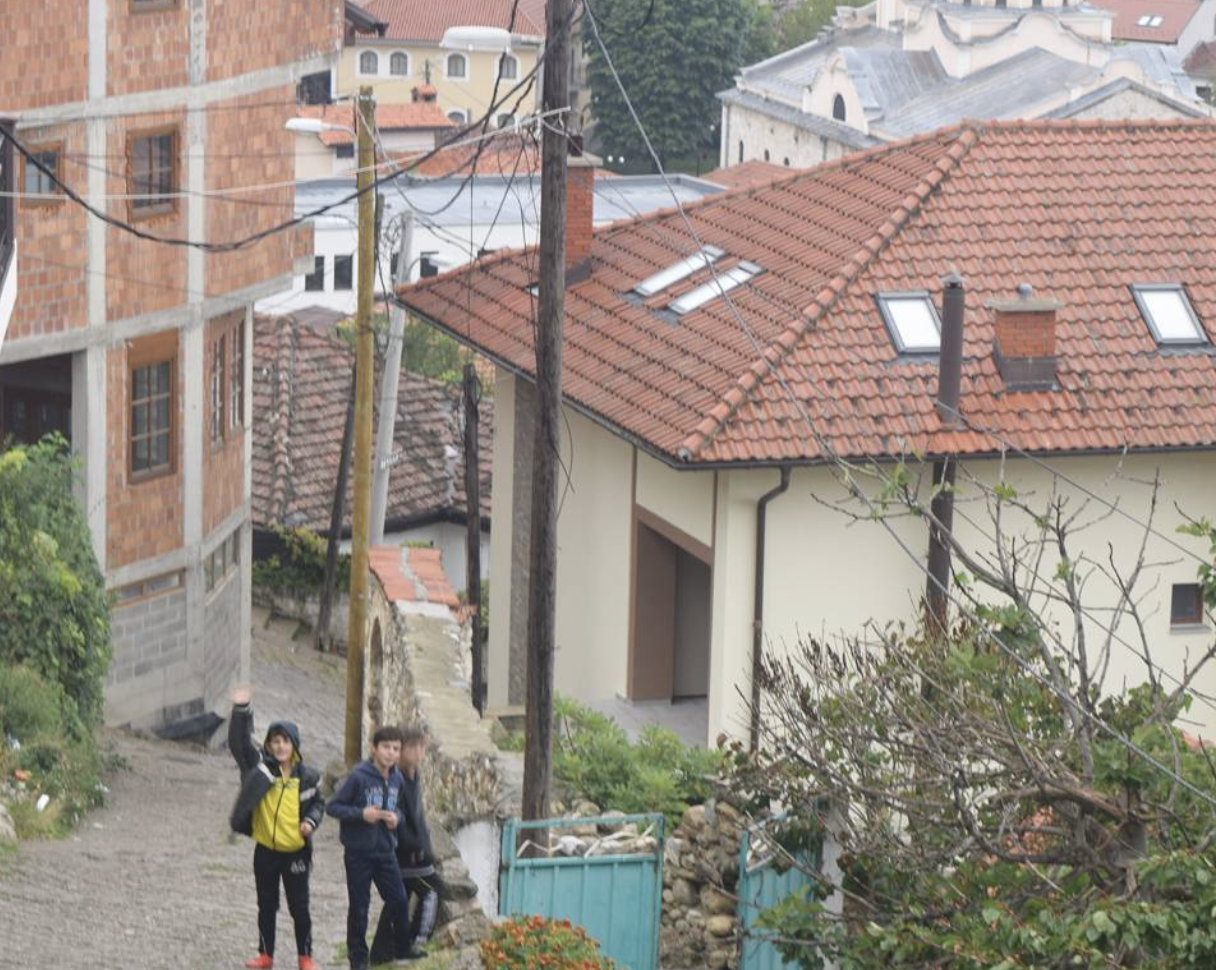
I first tried Flija in a small mountain village outside Prizren, where a Kosovar family invited me to watch the process unfold. Unlike most baked goods, Flija isn’t cooked all at once. Instead, a thin batter of flour, yogurt, and eggs is brushed onto a large, circular metal pan and then baked one layer at a time under a sac, a domed iron lid covered in hot coals. Layer by layer, over three to four hours, the dish takes shape, forming a golden, crisp-edged masterpiece.
When it was finally ready, we ate it with homemade cheese and honey, peeling apart each delicate layer. The family explained how Flija is made for celebrations, gatherings, and guests, a dish that embodies patience and hospitality—values deeply rooted in Kosovar culture.
2. Zanzibar Pizza – A Crisp Twist on a Classic

On the Tanzanian island of Zanzibar, a pizza isn’t what you think it is.
Every evening at Forodhani Night Market, vendors set up sizzling griddles, preparing what may be one of Africa’s most unexpected street foods—Zanzibar Pizza.
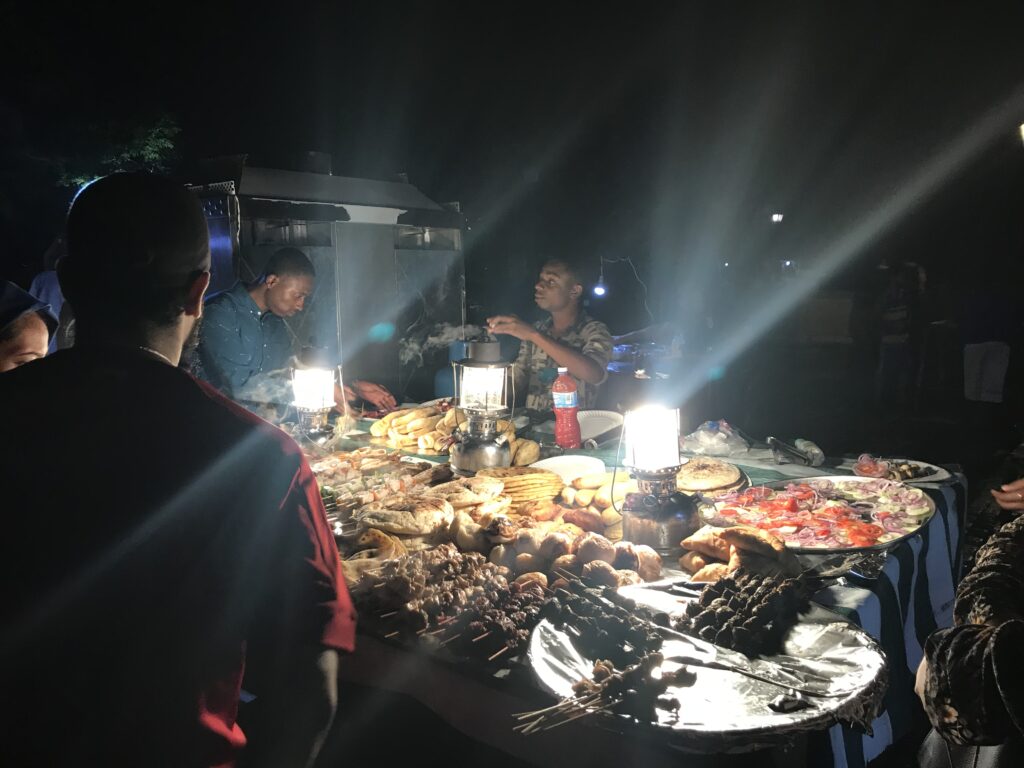
Unlike its Italian counterpart, Zanzibar Pizza is made with a thin, stretchy dough, filled with a mix of meat, vegetables, egg, and cheese (or even banana and Nutella for a sweet version). The dough is folded like an envelope, drizzled with a little oil, and pan-fried until crispy and golden brown.
As I watched my pizza being made, the vendor flipped it with effortless precision, smiling as he asked if I wanted extra chili sauce. The smell of sizzling butter, the crackle of the crisping dough, and the layers of unexpected flavors made it an unforgettable bite.
Zanzibar’s food reflects centuries of Swahili, Indian, Arab, and European influences, and Zanzibar Pizza is the perfect example—a fusion of cultures, wrapped up in a crisp, handheld package.
3. Dal Bhat in Nepal – The Dish That Fuels a Nation

If you’ve ever trekked in Nepal, you know that no meal is more iconic than Dal Bhat. It’s more than just food. It’s fuel, the dish that mountain climbers, locals, and travelers alike rely on for energy in the Himalayas.
Served on a metal tray, Dal Bhat consists of steamed rice (bhat) and lentil soup (dal), accompanied by curried vegetables, pickles, and a crisp papadum. It’s hearty, nourishing, and endlessly customizable: every region, every household, and every guesthouse prepares it slightly differently.
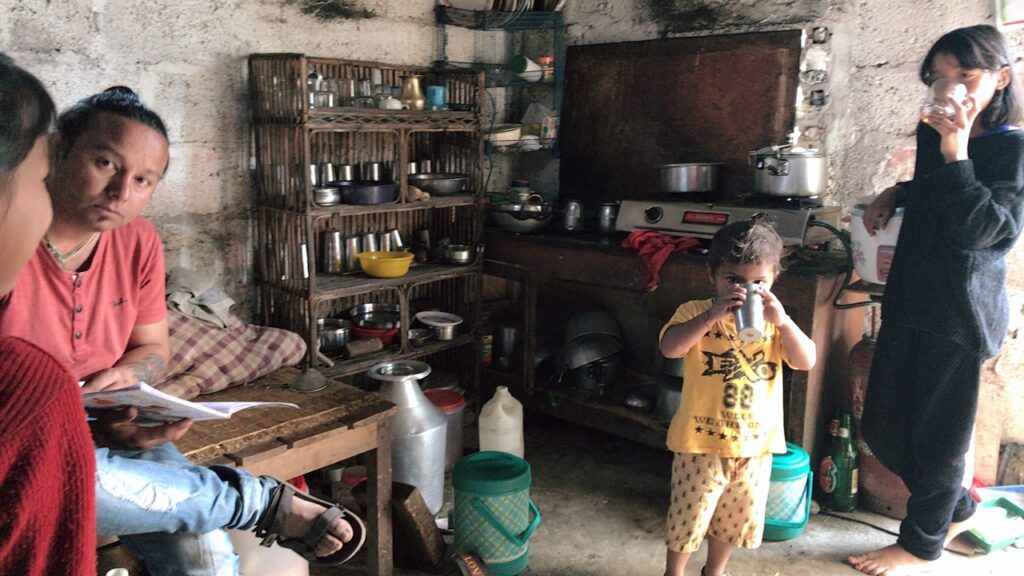
What makes Dal Bhat so special isn’t just its flavor but its ritual. In Nepal, refills are unlimited, and every meal is a reminder of generosity and hospitality. I still remember sitting cross-legged in a family home near Pokhara, watching my hosts ladle steaming dal over my rice, insisting I take “just one more spoonful.”
In a world of fast food and rushed meals, Dal Bhat is a reminder that food is meant to be savored, shared, and appreciated.
4. Locro de Papa in Ecuador – A Taste of the Andes
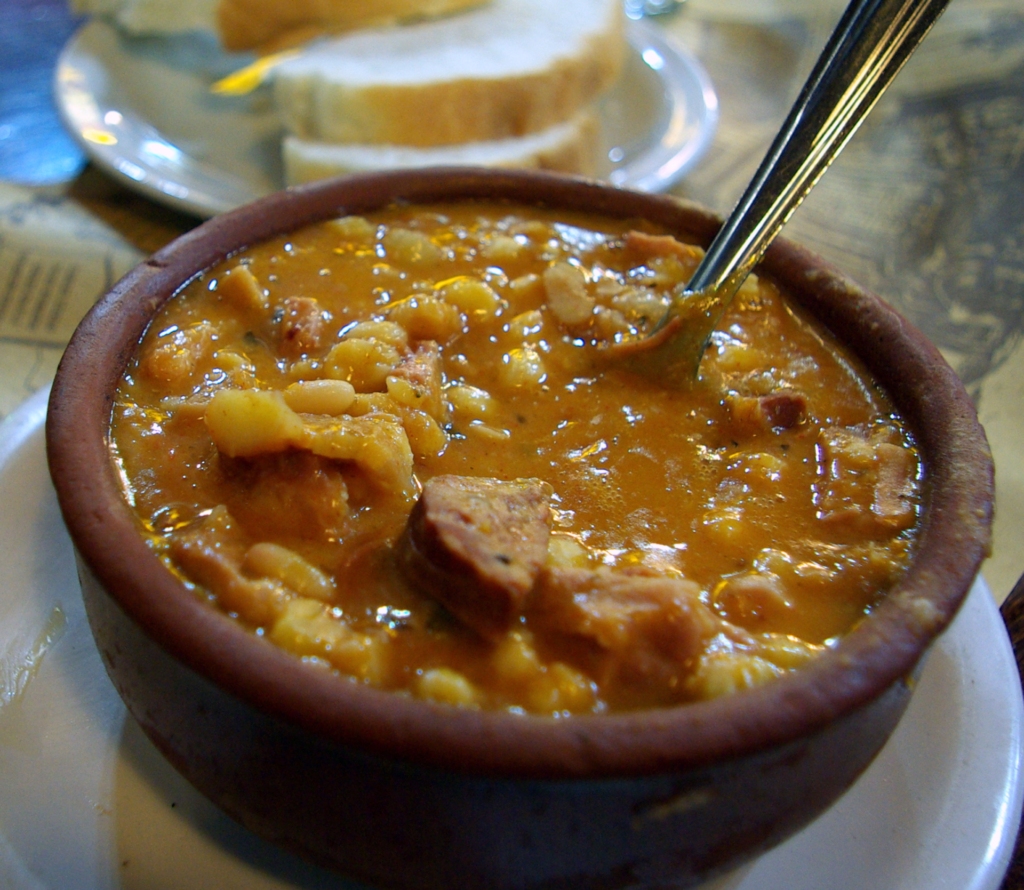
In Quito, Ecuador’s high-altitude capital, the air is thinner, the streets are steep, and the food is made for warmth and comfort. One of the country’s most beloved dishes is Locro de Papa, a creamy potato soup that’s as simple as it is satisfying.
I had my first bowl in a small family-run eatery, where the owner ladled the thick, golden soup into my bowl and topped it with chunks of avocado, crumbled cheese, and a drizzle of annatto oil. The soup itself—made with local potatoes, milk, and spices—was rich but not heavy, perfect for the cool Andean climate.
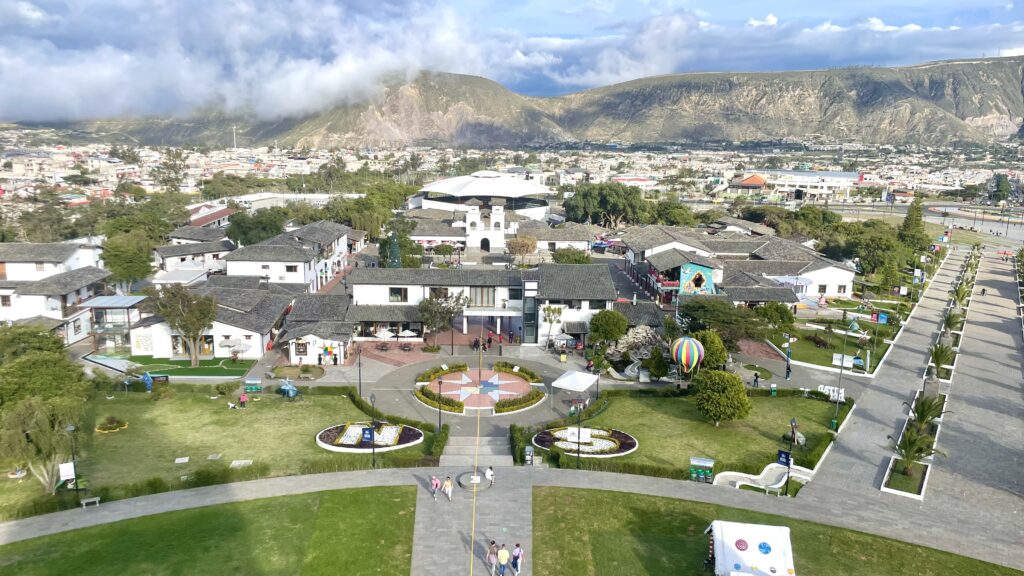
As I ate, I learned that Locro de Papa is deeply tied to Ecuador’s indigenous traditions. For centuries, potatoes and cheese have been staple ingredients in the Andean highlands, where people rely on hearty, nourishing meals to endure the cold mountain air.
It was a dish that felt both familiar and completely new, a perfect example of how food can connect you to a place’s history, landscape, and culture—all in a single bowl.
More Than Just a Meal
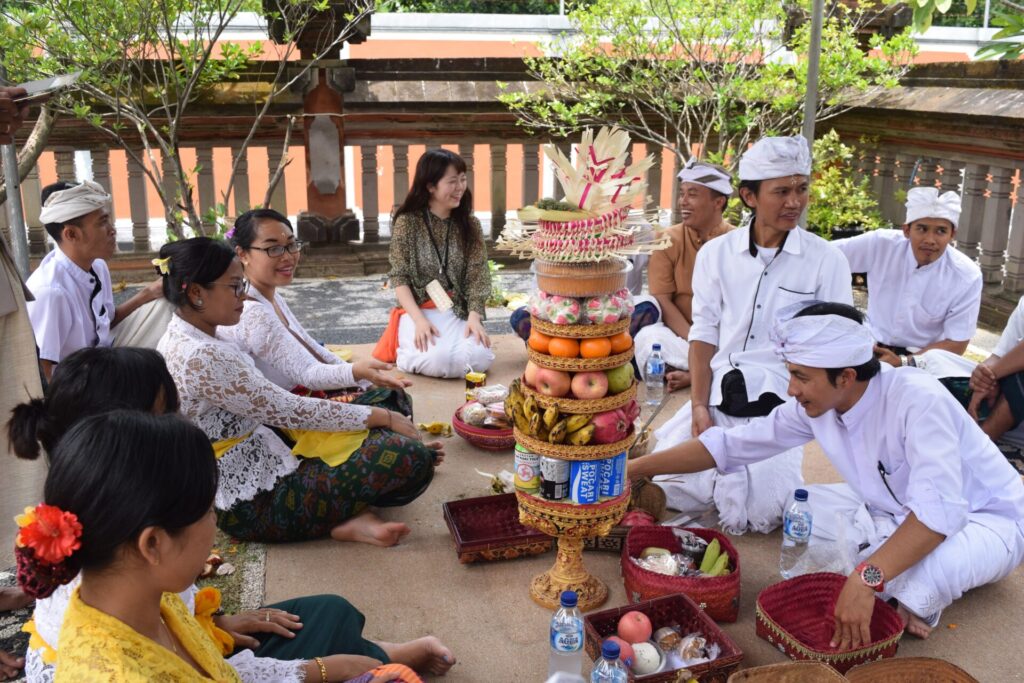
Traveling through 51 countries, I’ve learned that the most unforgettable meals aren’t always the ones you expect. They aren’t in fancy restaurants or famous cities. Instead, they come from family kitchens, village markets, and roadside stalls, where food is woven into the fabric of daily life.
Kosovo’s Flija, Zanzibar’s Pizza, Nepal’s Dal Bhat, and Ecuador’s Locro de Papa each tell a story of tradition, resourcefulness, and community—proof that the best way to understand a country is through its food.
Because sometimes, all it takes is a simple bowl of soup, a dish that takes hours to prepare, or a meal shared in a stranger’s home to remind you that food is the greatest travel memory of all.


